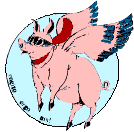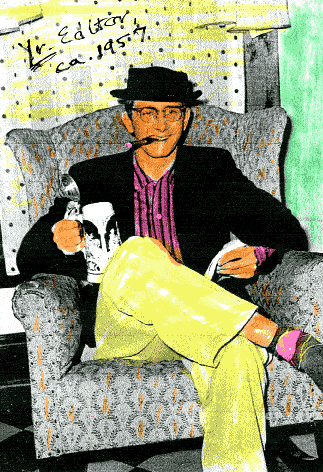BRASS BAND AFTERNOON
To envision a New Orleans parade, on a day in any year from 1900 to 1960, imagine a sunny forenoon in New Orleans, a holiday. On a side street a band forms for a parade. The bandsmen are black; most are in their fifties or sixties. Dressed in white shirts, dark ties and trousers, black shoes, each wears a dark uniform cap, like a policeman’s or a bus driver’s, with a grand name stitched across it in gold thread. The caps are old and worn. The men flutter the valves and keys on their horns, blow phrases through them to warm up, adjust tuning slides. There are a couple of trombones, a clarinetist with a stubby Eb instrument, an old Müller-style horn manufactured before the turn of the century, an alto sax, a tenor sax, a bulky Sousaphone, a bass drum with one small cymbal mounted atop it (beaten with a stiff bent wire) and the band’s name painted in bold block letters on the left-hand head. There is a snare drummer, with a shallow dance-band drum hitched high on his belly, and there are three trumpets. One trumpet player, the leader, carries a little cloth bag filled with band scores—cards from which the band will read any arranged music. These scores are old and dog-eared, someone has snipped the tops off, removing the titles and composers’ names, and has numbered them instead—51, 31, 209.
—William J. Schafer, Brass Bands and New Orleans Jazz (1977)
The lively quotations accompanying the collages are all drawn from Hear Me Talkin' To Ya, by Nat Shapiro and Nat Hentoff, Dover Publications (1966). ISBN-10: 0486217264. ISBN-13: 978-0486217260.

